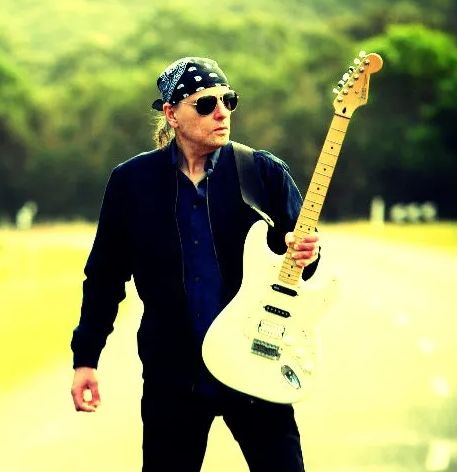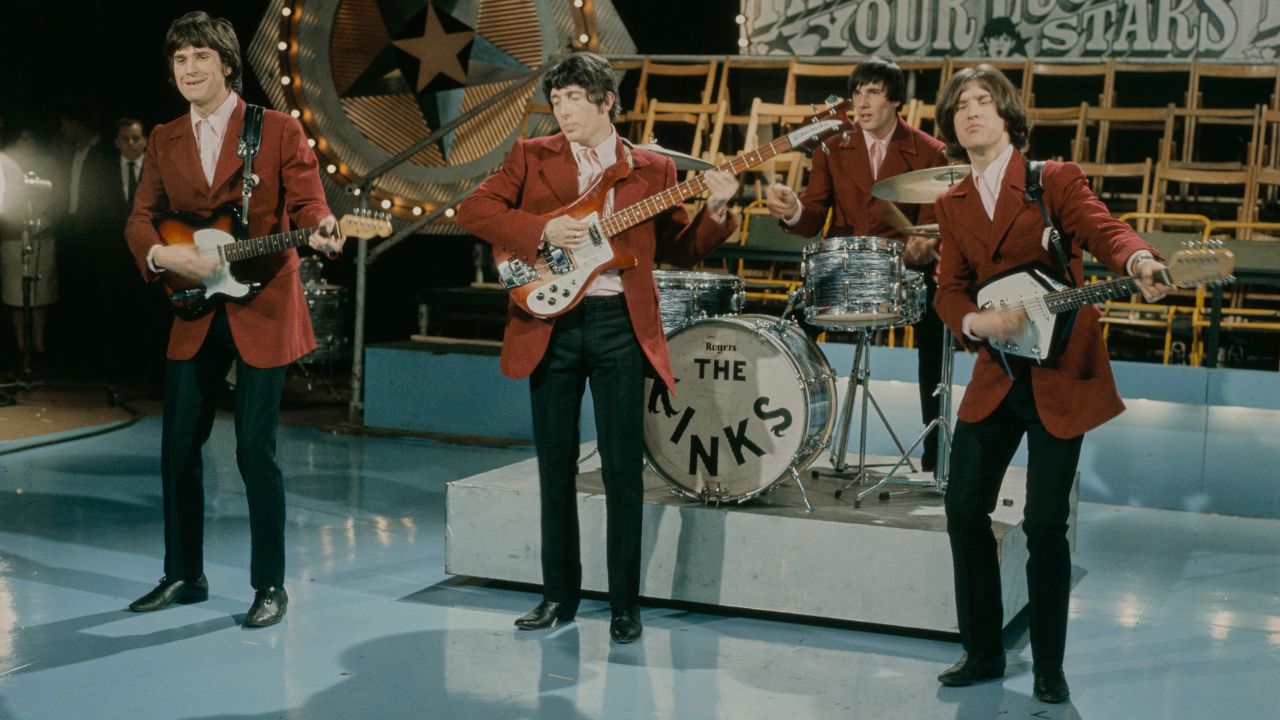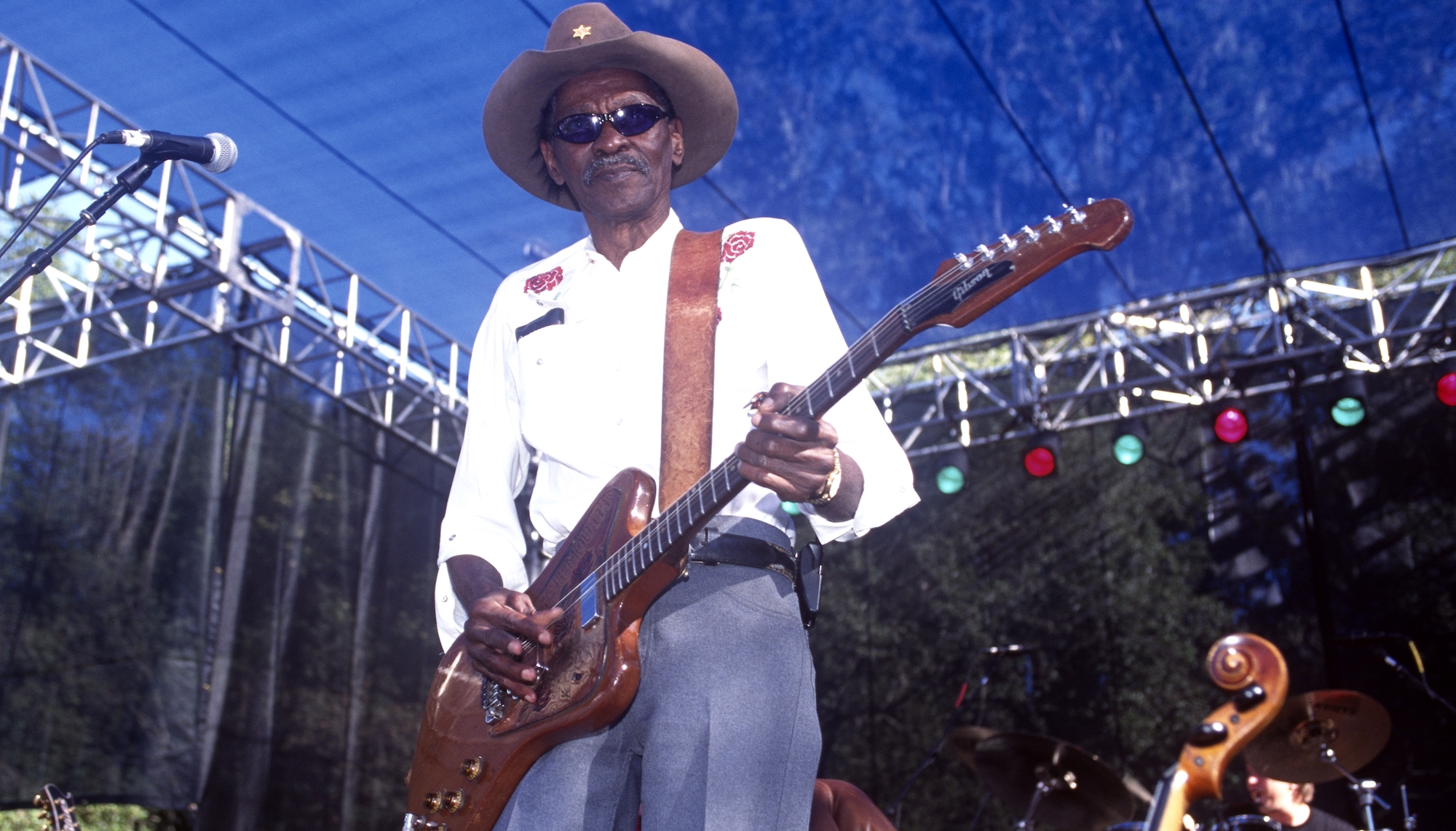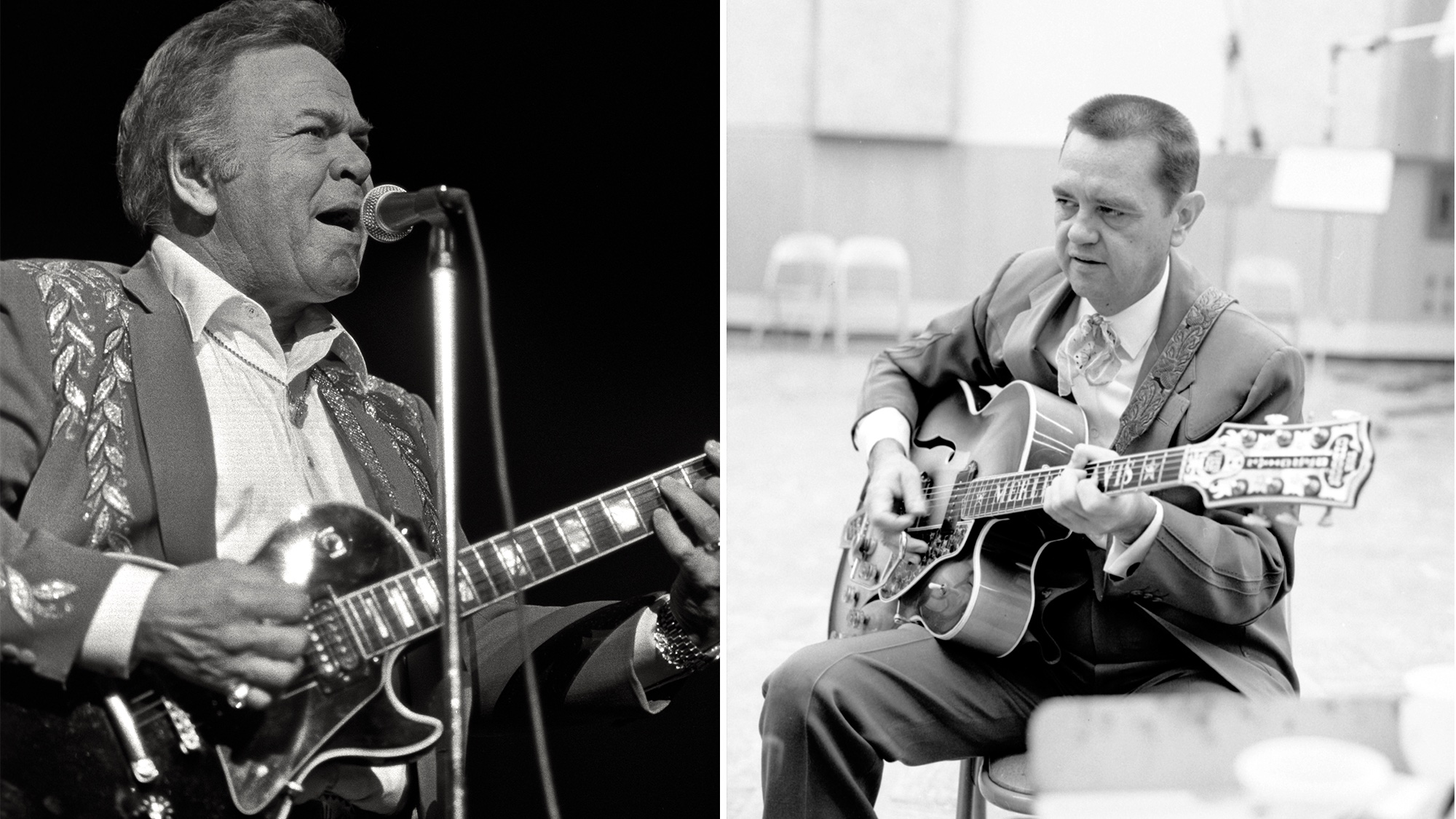Yngwie Malmsteen: "You can’t 'build' speed – you play it until you have it perfect. There are no shortcuts and no tricks"
In this 2010 edition of Dear Guitar Hero, the neoclassical shred great explains why the Strat is the Stradivarius of electric guitars, how he actually uses those Marshall stacks, and the biggest misconception people have about his playing
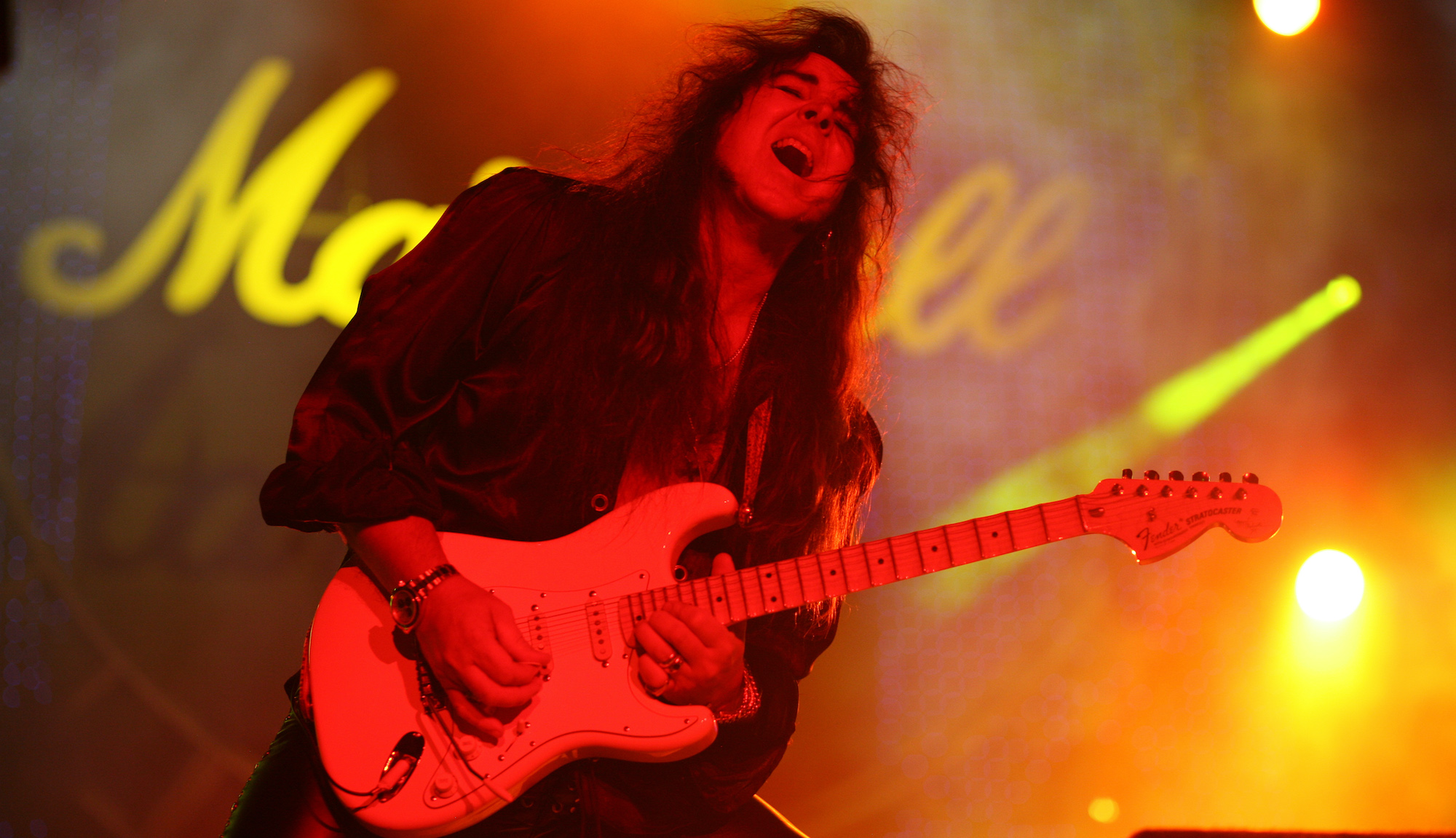
The following edition of Dear Guitar Hero features Yngwie Malmsteen, and was originally published in the June 2010 issue of Guitar World.
He’s the premier neoclassical shredder, known for his love of scalloped-fretboard Strats and walls of Marshall stacks. But what Guitar World readers really want to know is…
What made you want to cover Michael Jackson’s Beat It on High Impact? Were you a fan of his, or were you paying tribute because he died? – Teddy Operand
"It was a tribute to him, but I’ve always liked the song. It’s my heavy metal version of the song, with detuned guitars and Ripper Owens on vocals. Unlike the original, I begin with a guitar solo, and there’s another solo in the middle of the track. It’s not too much like the original. I played it my own way, like I did on my Inspiration album, where I covered songs from other artists."
I am from Mumbai, India. You have a huge fan base here, and I would like to know if you ever plan to tour India. We have huge respect for Indian-classical maestros, and would love to see a legend like you collaborate with some of them. – Khushal Bhadra
"I’d love to perform in India, but I don’t book the gigs. It’s one of the few places I haven’t played. One of the Indian instruments that I love is the sitar. I played it on some of my songs, including Pyramid of Cheops and Crucify.
"The sitar is a bizarre instrument, because it has a very big neck and no wood in between the frets – the ultimate scalloped instrument. I love all kinds of Indian music, and Indian food as well. If the chance arises for me to play in India, I’m there."
Get The Pick Newsletter
All the latest guitar news, interviews, lessons, reviews, deals and more, direct to your inbox!
How, and at what age, did you come across sweep picking? – Andy Clark
"I don’t really do sweep picking. That’s a big misconception people have about my playing. Sweep picking is when the right hand sweeps down and up the strings in succession. But when you do sweep picking, one note rings into the next, and it sounds almost like you’re playing a chord, and that’s exactly what you don’t want.
"Playing five- and six-string arpeggios the way I do, like on Caprici Di Diablo, for instance, you want separated notes that don’t go into one other. People that try to play my stuff often do sweep picking, but the results are usually pretty dismal."
Can you tell me your strategies to build speed and improve fret-hand abilities? – Juan Francisco Purdon
"I don’t have any 'strategies.' What I’ve done from the very beginning is play everything with extreme accuracy. I never said to myself, 'Okay, if I put my fingers this way, it’s gonna result in this.' I’ve never taken a lesson. My way of playing the guitar was a fresh approach to the instrument.
"There’s no specific technique to what I do, except for the fact that you have to coordinate your picking and your fingering so they are perfectly in sync, but that’s obvious. You can’t 'build' speed; you play it until you have it perfect. There are no shortcuts and no tricks. The saying 'practice makes perfect' is truthful. Sometimes people try to play too fast and it sounds sloppy. I can’t stand that."
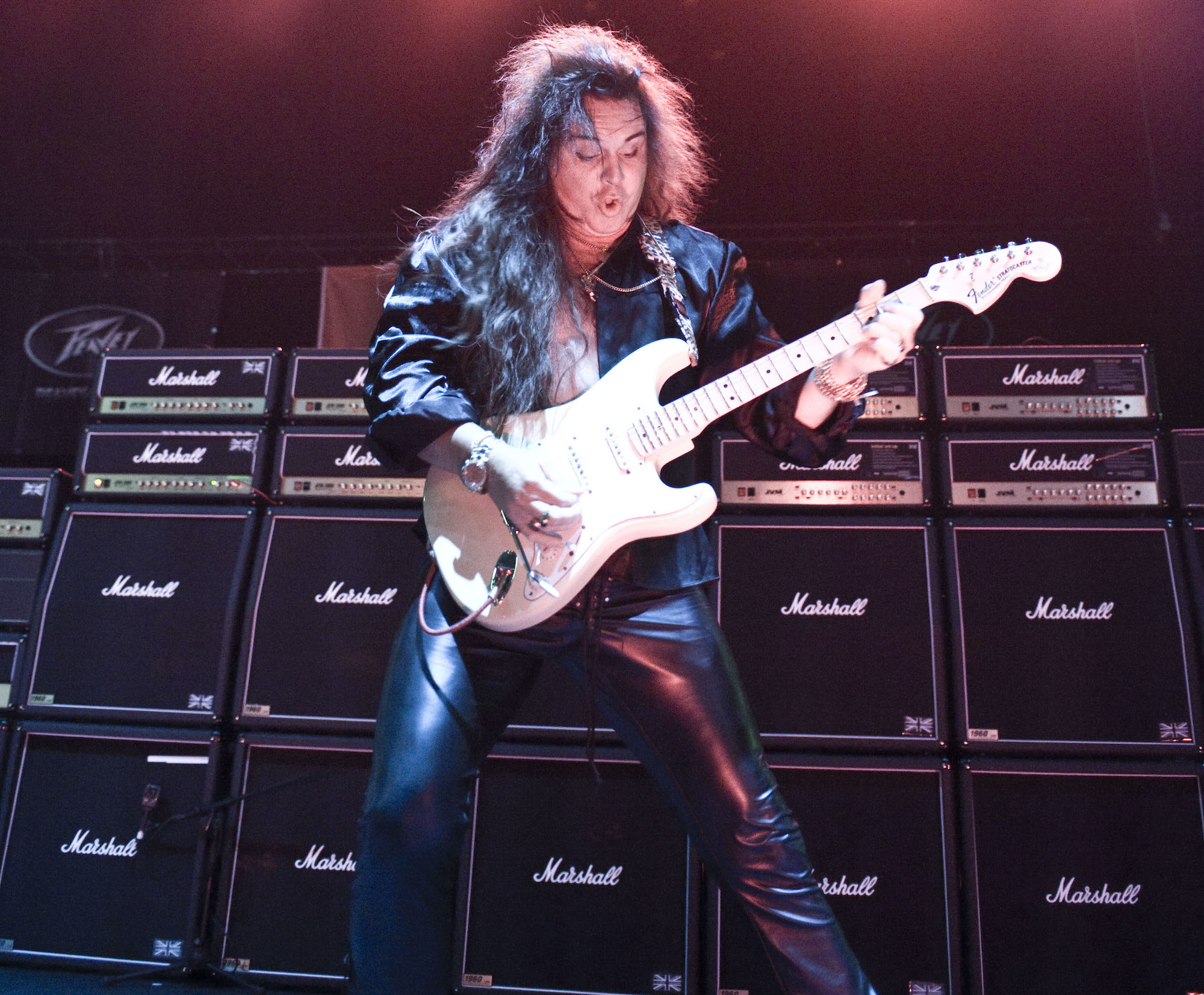
Not to take anything away from your creativity and technical skill, but why are there so many similarities between you and Ritchie Blackmore: scalloped fretboard, Fender Strat, Marshall amps, black clothing? – Doug Newman
"When I was eight, my sister gave me my first record – Deep Purple’s Fireball. Blackmore’s playing on that album affected me greatly and had a major impact on my life.
"Obviously, I wanted a Strat, and when I first started playing one I realized it was the perfect instrument – the Stradivarius of electric guitars. The Marshall amp is the best-sounding, best-looking amp, and there will never be anything better. I like black clothes because they look good, and I like scalloped fretboards because they allow you to have better control of the vibrato.
"But musically, I really don’t have all that much in common with Blackmore; much of his guitar playing is blues-based, whereas mine is more classical. Anyone who’d claim that my guitar playing and style of music is similar to Blackmore’s is tone deaf."
In the first of the Pantera home videos, Dimebag Darrell offered you a doughnut, which you didn’t accept. What food would you have accepted from Dime? And what’s your problem with doughnuts? – Joachim Arnt
"I’ve never seen that clip, but I’ve been asked that question before. First of all, I don’t remember that incident. Second, I don’t make a habit of accepting food from people. I’m fortunate enough not to have to do that because I can buy my own food."
How do you manage to keep your Strat in tune when you’re constantly doing huge dive bombs and pull-ups? – Michael McLaughlin
"I couldn’t tell you exactly how I keep my guitar in tune, but I think it’s how I tune it. The strings are wound on the pegs exactly right. If you have too few windings, the string might slip; if you wind it too much, the string might not pull back properly after you use the whammy. Basically, you have to find just the right amount of winding. I beat the shit out of my guitars onstage, but they stay perfectly in tune."
How do you respond to the people that accuse you of being arrogant? – Chris
"I tell them to fuck off! I saw an old interview with Queen on TV recently, and Freddie Mercury and Brian May were talking about how they were when they started: arrogant, cocky and convinced they’d conquer the world. You have to be like that if you’re really gonna make it.
"If you’re timid, laid-back and quiet, you have less chance of being noticed. So maybe there was an arrogant side to me when I started out. You have to be cutthroat and go for it all the way. Obviously, I don’t have a need for that anymore. I just do what I do."
Besides guitar playing, what other things do you like to do? – Jeff Hernandez
"I love driving my Ferraris, playing tennis, hanging out with my family, going to the movies, reading books and messing with my watches. I’m also a tennis freak and play as much as I can. Tennis is like chess and boxing combined into one. It’s not a team sport – it’s all about you. It’s very intelligent, psychological and physical.
"You have to be smart to play it, because you need to quickly anticipate your opponent’s move. It’s quite a mental challenge and also very humbling. My tennis coach is the only guy who has ever taught me anything in my life. Whatever he says goes."
I have seen you play numerous times, and I always wonder if you use all those stacks at once or switch between them for different tones? – Ronny Oliver
"On my last tour I used something like 32 heads and 30 cabinets at certain shows. I like the feeling of having a wall of amps behind me. I often mix the 50-, 100- and sometimes 200-watt heads together.
"For the big venues, I like to combine the warm tones of the 50s, the hard sound of the 100s and the extreme loudness of the 200s for a really immense sound. But it wouldn’t be wise to connect all the onstage heads and cabinets together, because it would probably blow the roof off."
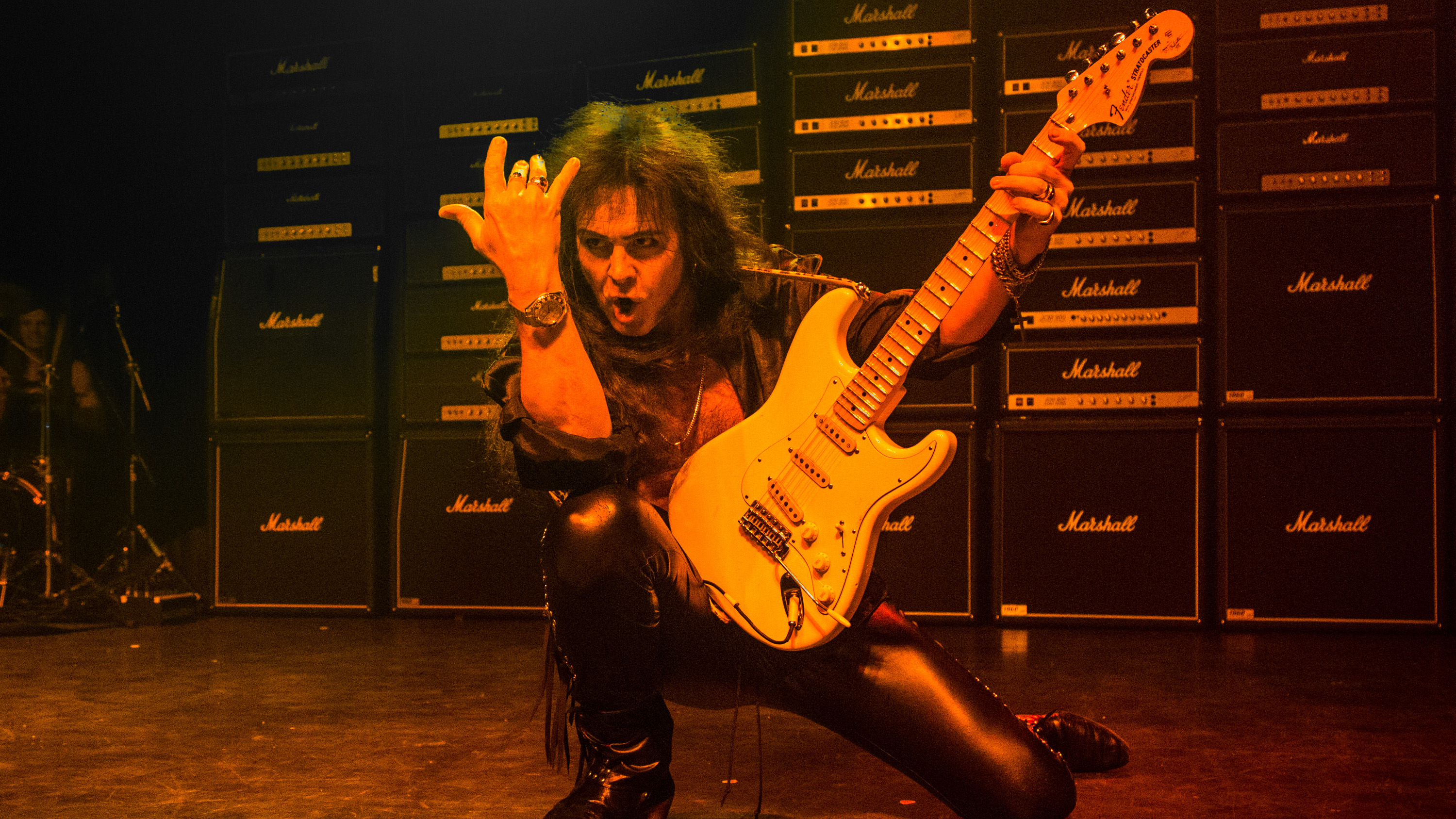
Why don’t you try to reinvent your style? Ninety-nine percent of people I know who like your music say, “Yngwie makes the same record over and over again.” Is it time to take the neoclassical style to the next level? – Raul Gomez
"Raul, have you ever heard of Eric Clapton? He’s been playing the same five notes for 50 years! B.B. King has been playing the same three notes for 60 years! The Rolling Stones have been playing the same chords for 50 years!
"The kind of music that I make is quite diverse in the sense that it doesn’t just have one aspect – it goes from neoclassical to bluesy to metal. People who think that I make the same record over and over again are narrow-minded.
"Any artist who has their own sound, from Sting to Iron Maiden to ZZ Top – for them to change would be mad. Having your own definable sound is something that should be treasured. Nobody tells Angus Young to change. Anyone who has a narrow-minded view of me, well, what do they have to offer? I’m proud to have started a style of music that has been copied. How could someone ask me to reinvent my style?
"What kind of talk is that? I’m an artist. I’m not a waiter who takes orders from people. As for taking my neoclassical style to the next level, I composed a symphony [Concerto Suite for the Electric Guitar and Orchestra]. How’s that for the next level!"
Joe Matera is an Australian guitarist and music journalist who has spent the past two decades interviewing a who's who of the rock and metal world and written for Guitar World, Total Guitar, Rolling Stone, Goldmine, Sound On Sound, Classic Rock, Metal Hammer and many others. He is also a recording and performing musician and solo artist who has toured Europe on a regular basis and released several well-received albums including instrumental guitar rock outings through various European labels. Roxy Music's Phil Manzanera has called him, "... a great guitarist who knows what an electric guitar should sound like and plays a fluid pleasing style of rock." He's the author of Backstage Pass: The Grit and the Glamour.
“Chuck Berry's not a very good guitar player. He's a clown. He runs all over the guitar, just like any one of these old rock players would do, and makes no sense”: Clarence “Gatemouth” Brown pulled no punches when speaking about his fellow guitar heroes
“I said, ‘Merle, do you remember this?’ and I played him his song Sweet Bunch of Daisies. He said, ‘I remember it. I've never heard it played that good’”: When Roy Clark met his guitar hero
